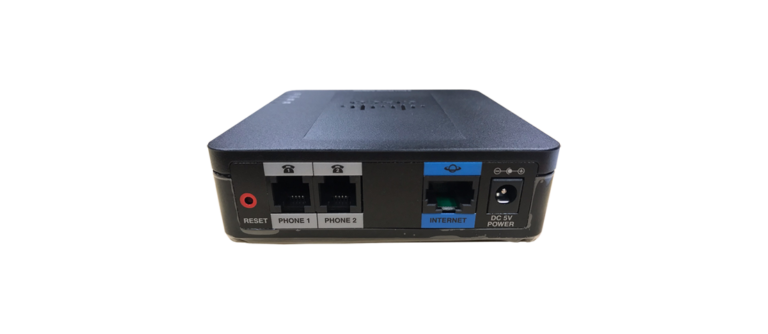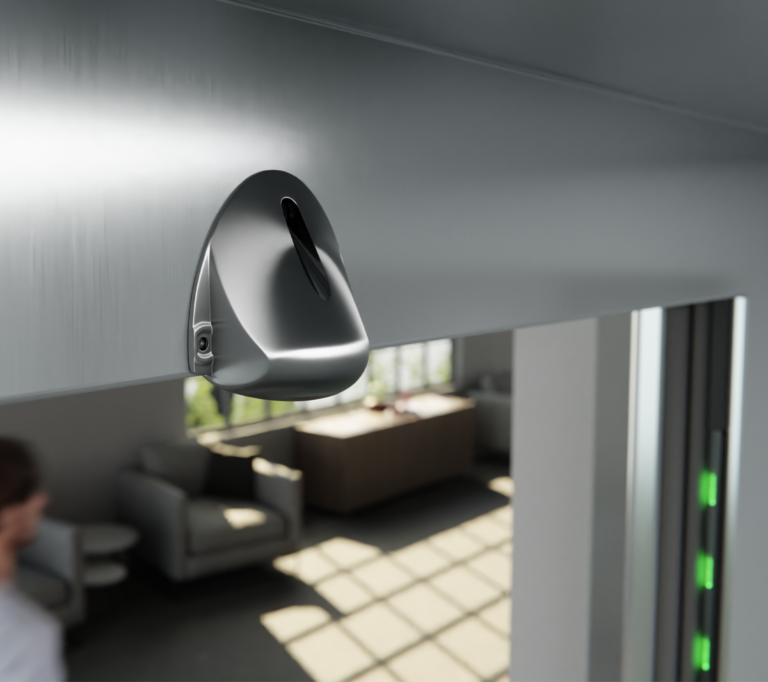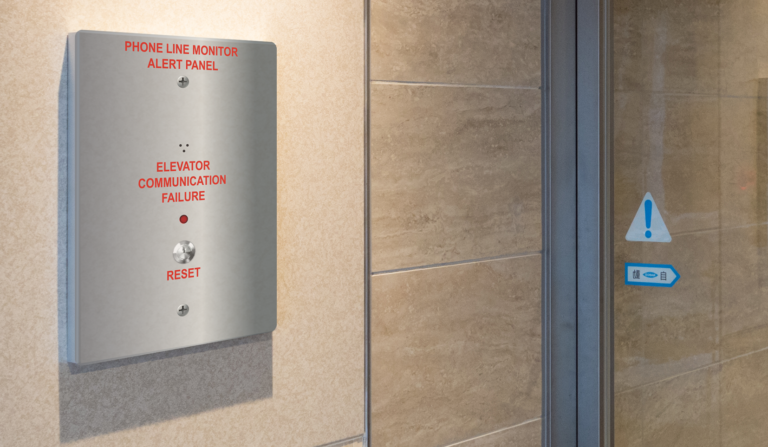Elevator Light Curtains
More than 2 million AVIRE light curtains have reached customers ranging from global elevator manufacturers to local installers.

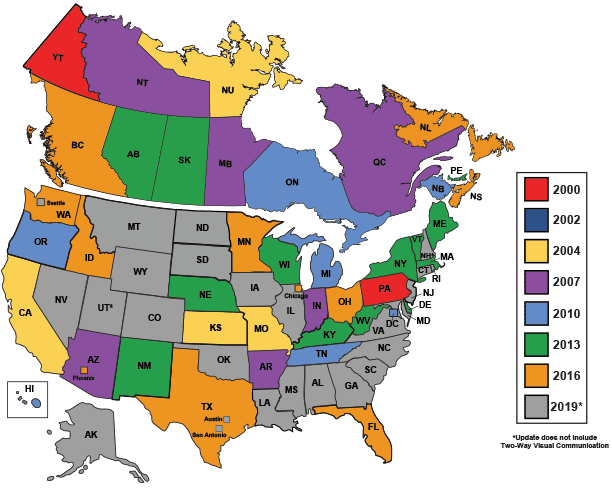
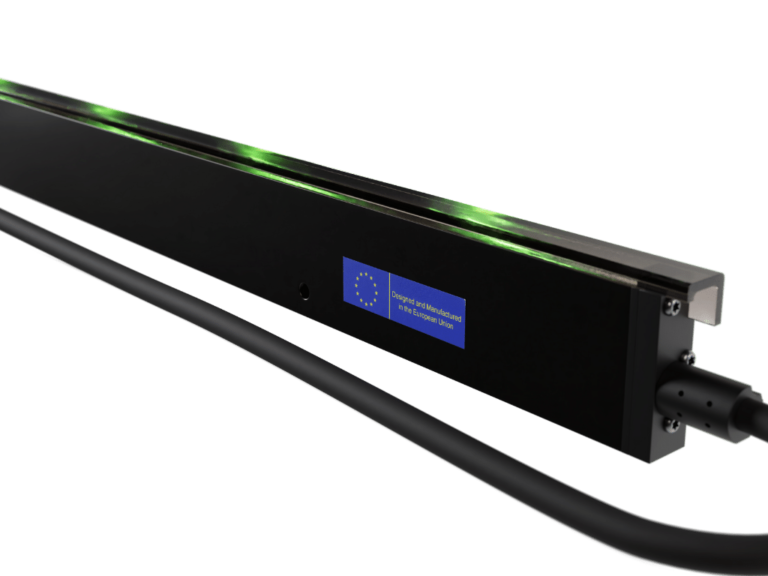
More than 2 million AVIRE light curtains have reached customers ranging from global elevator manufacturers to local installers.
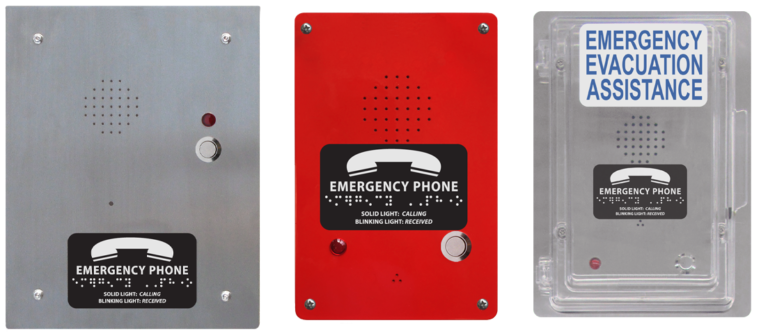
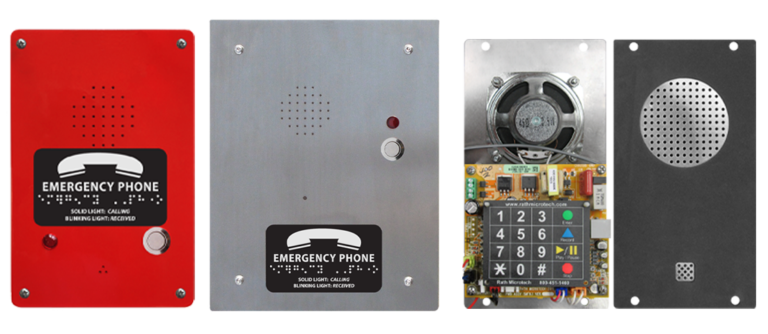
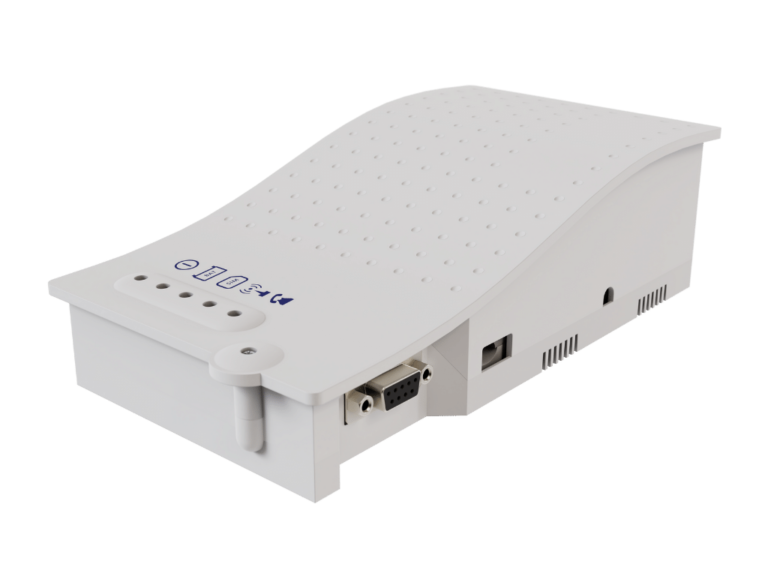
Elevator emergency phones with free access to the AVIRE HUB, for easy product configuration and remote monitoring.
